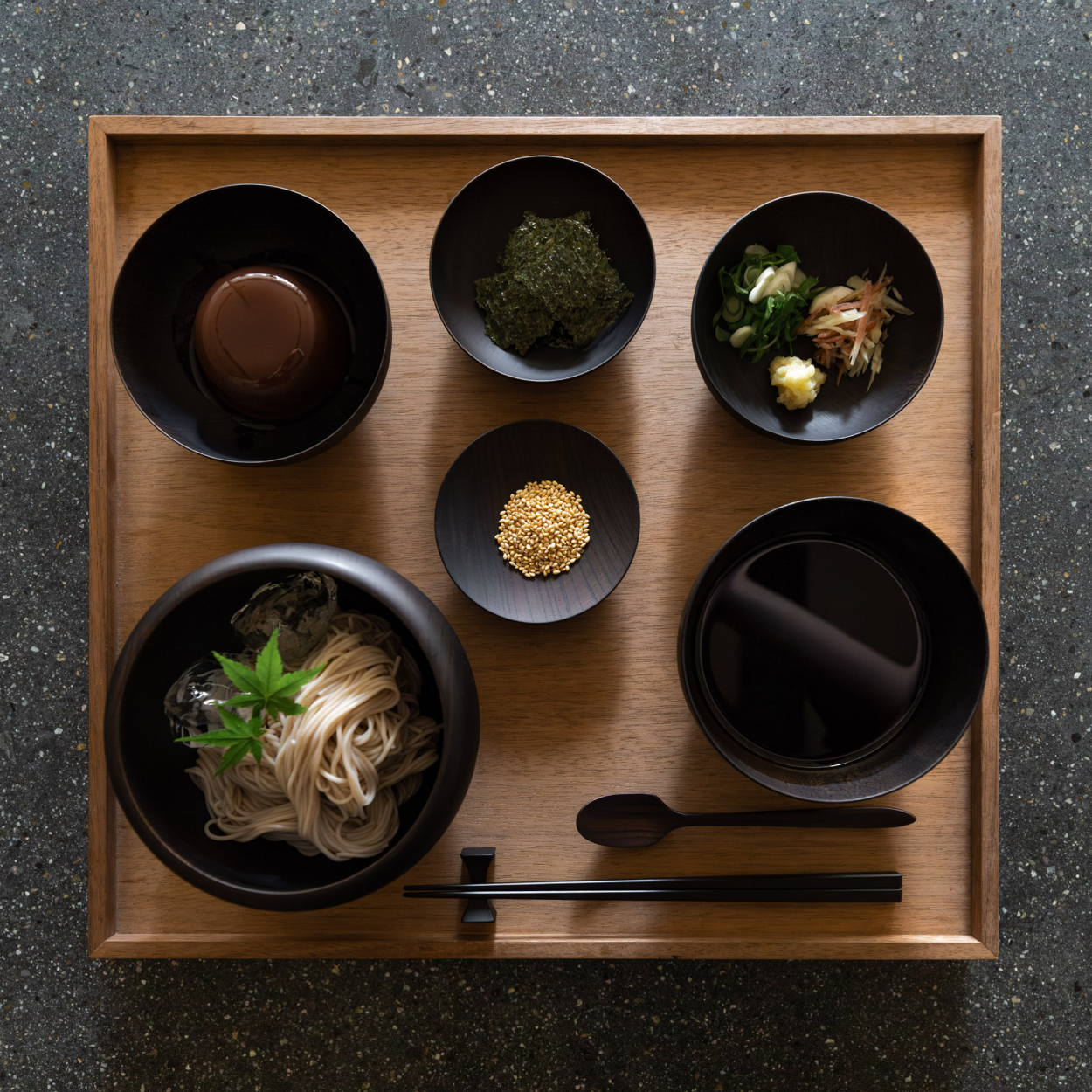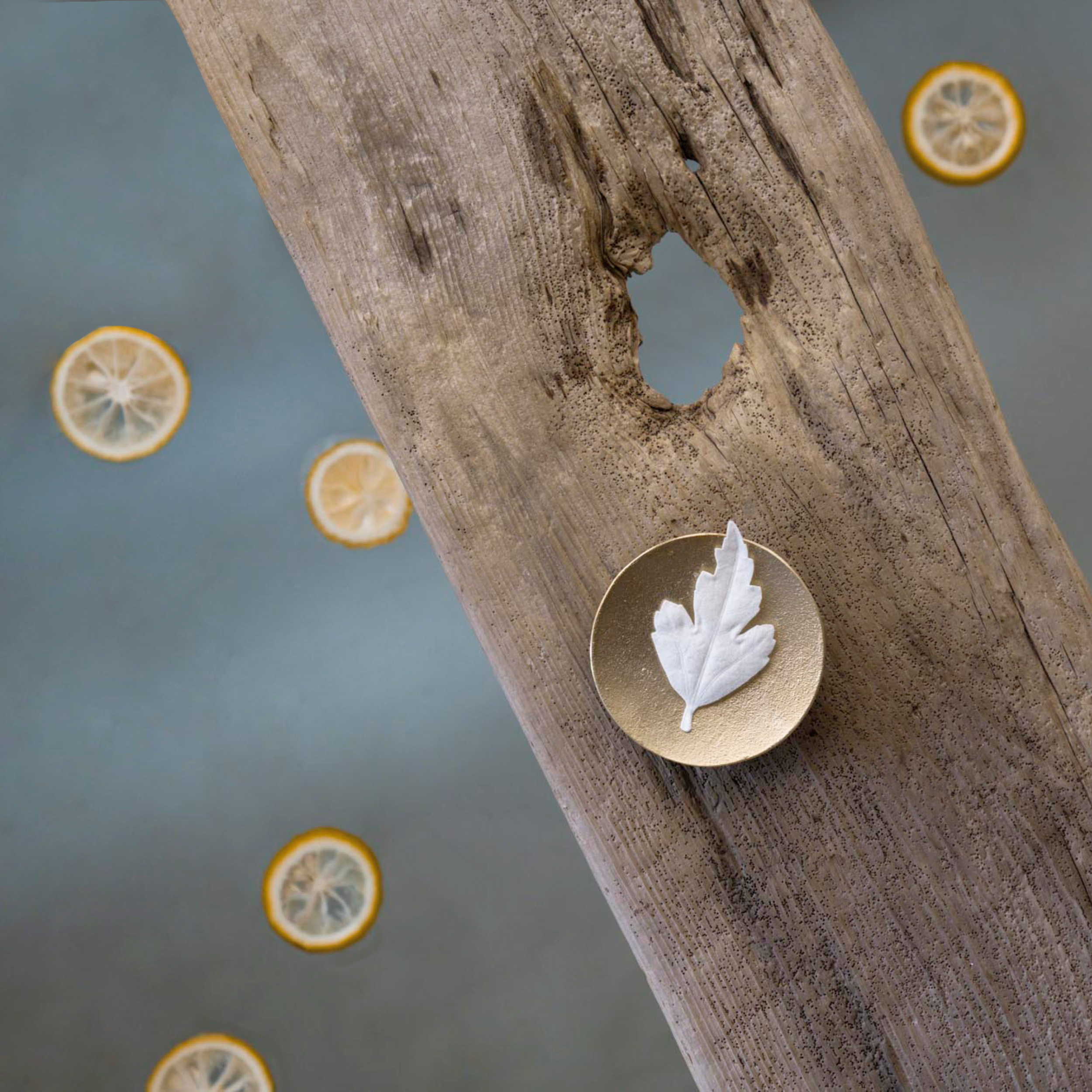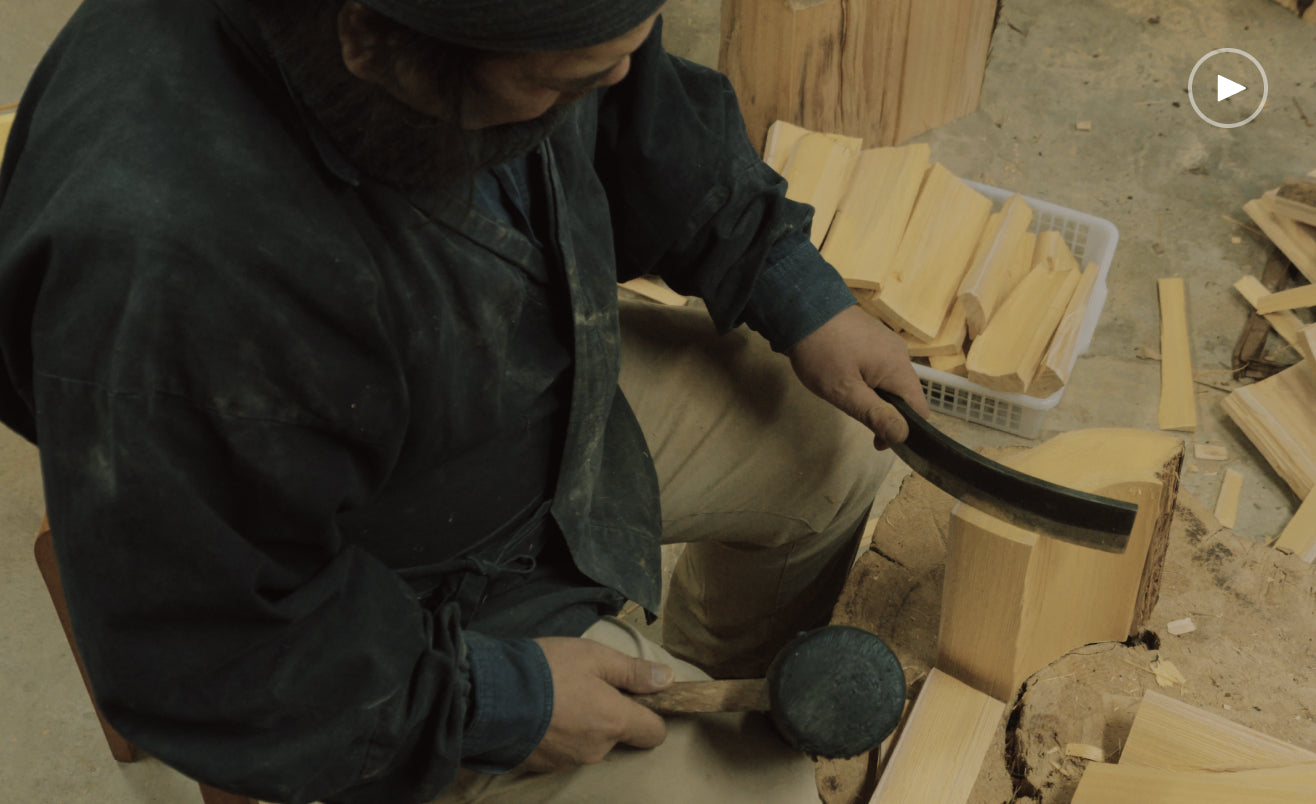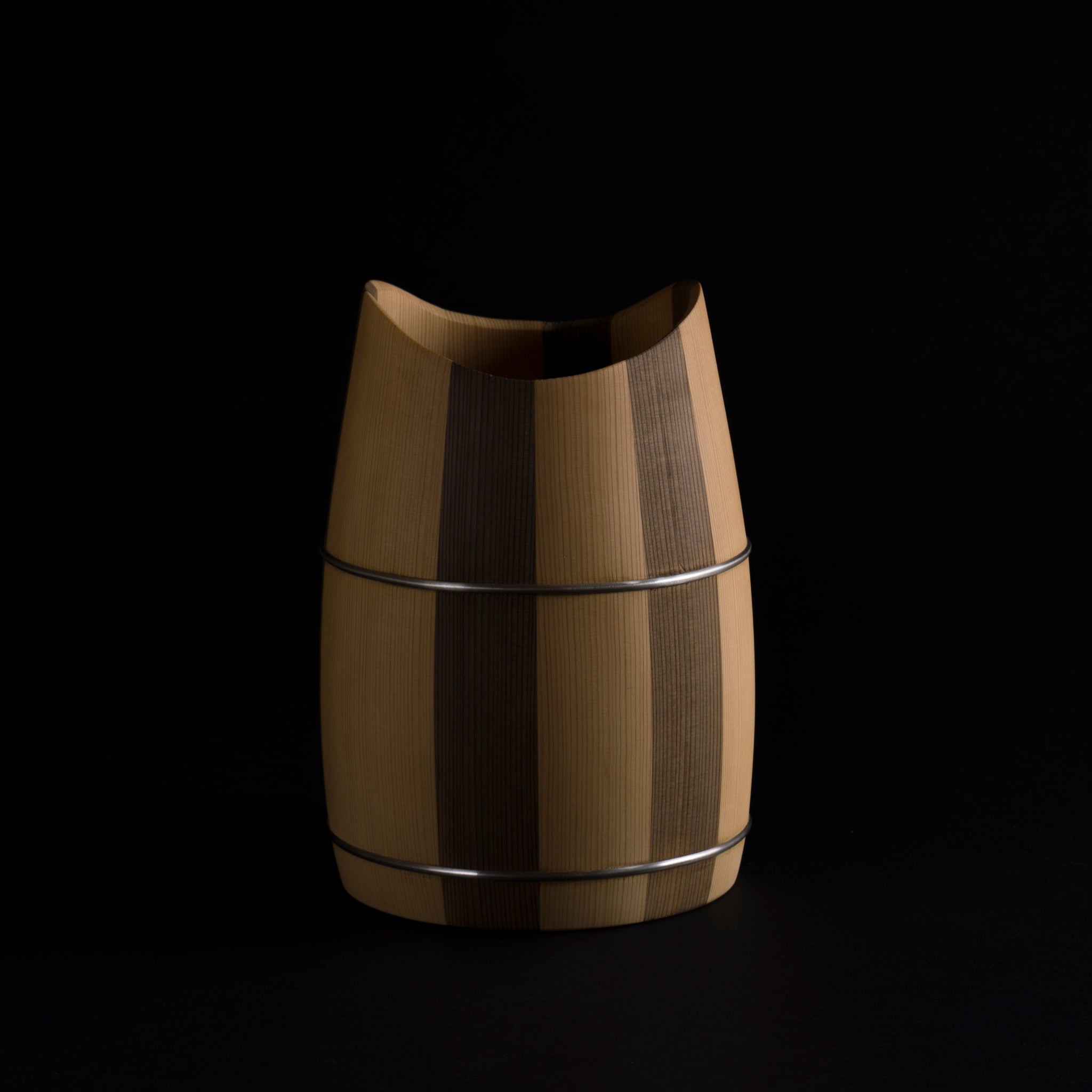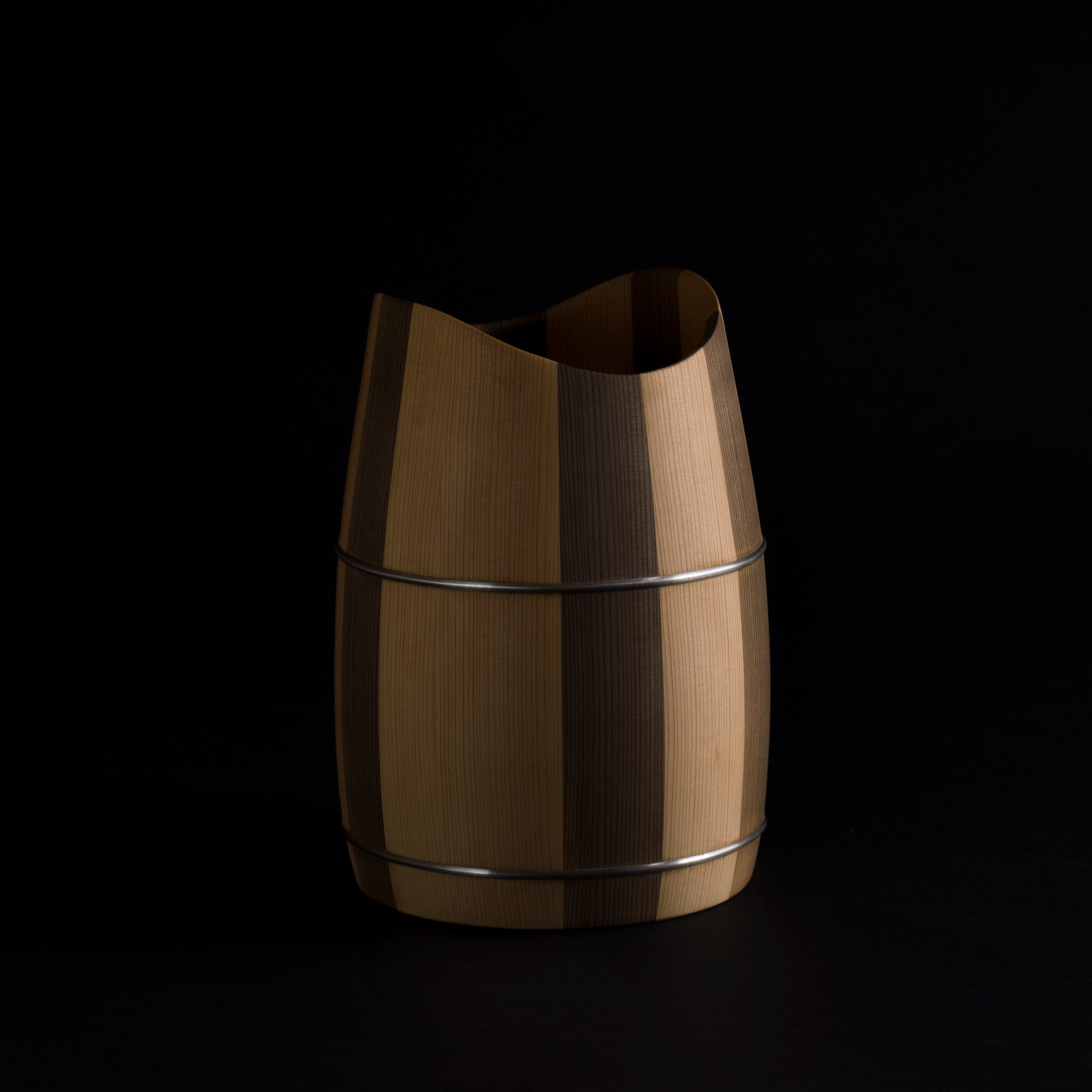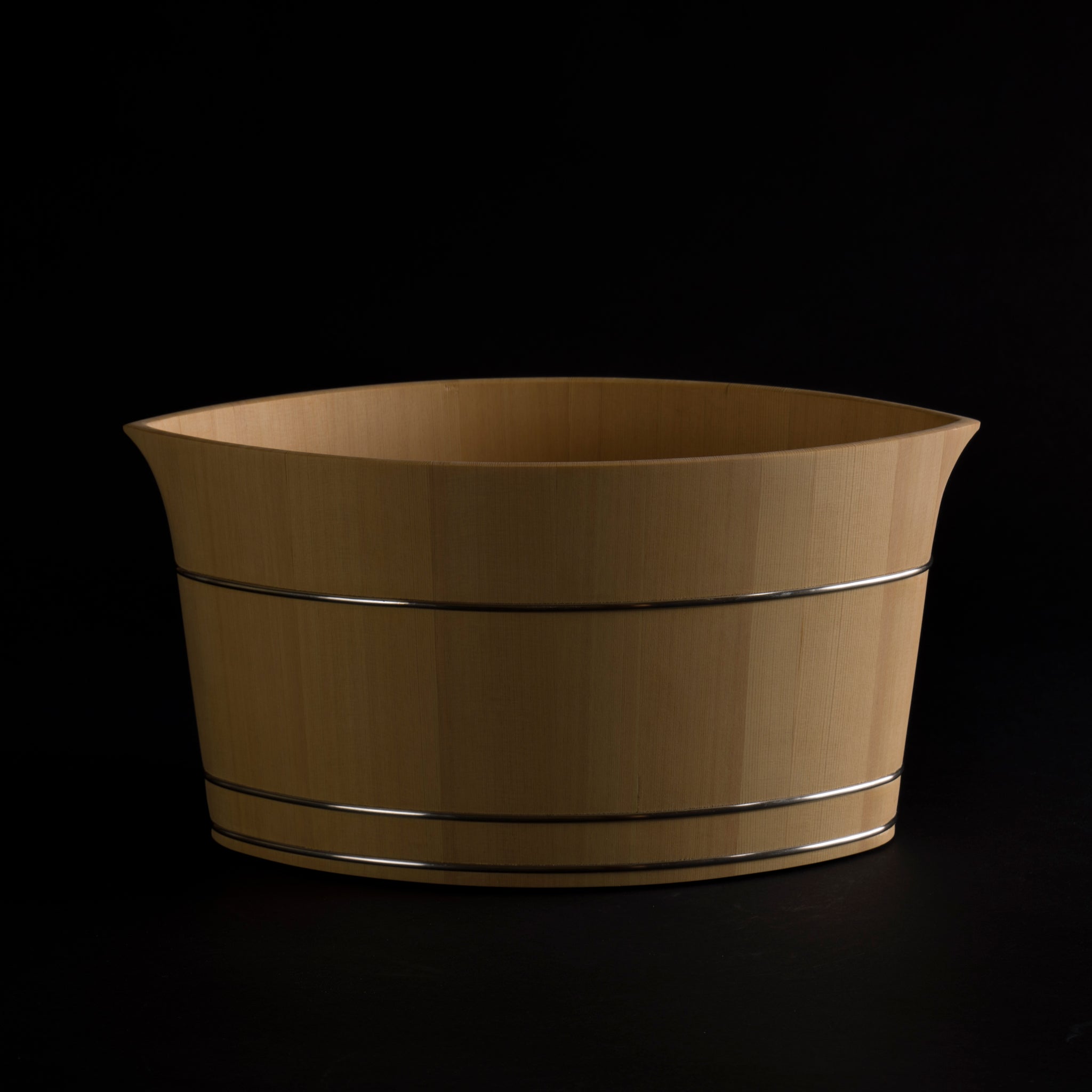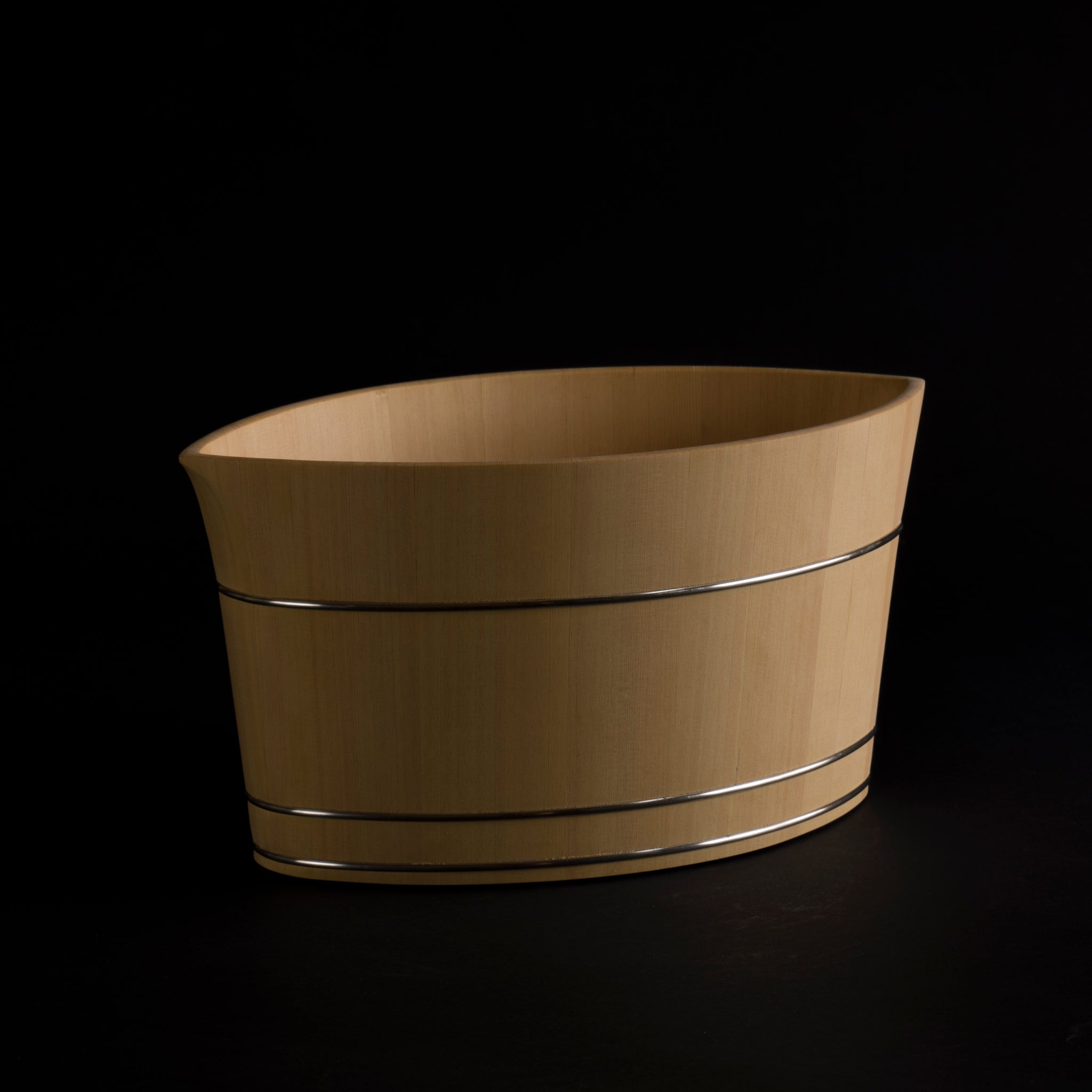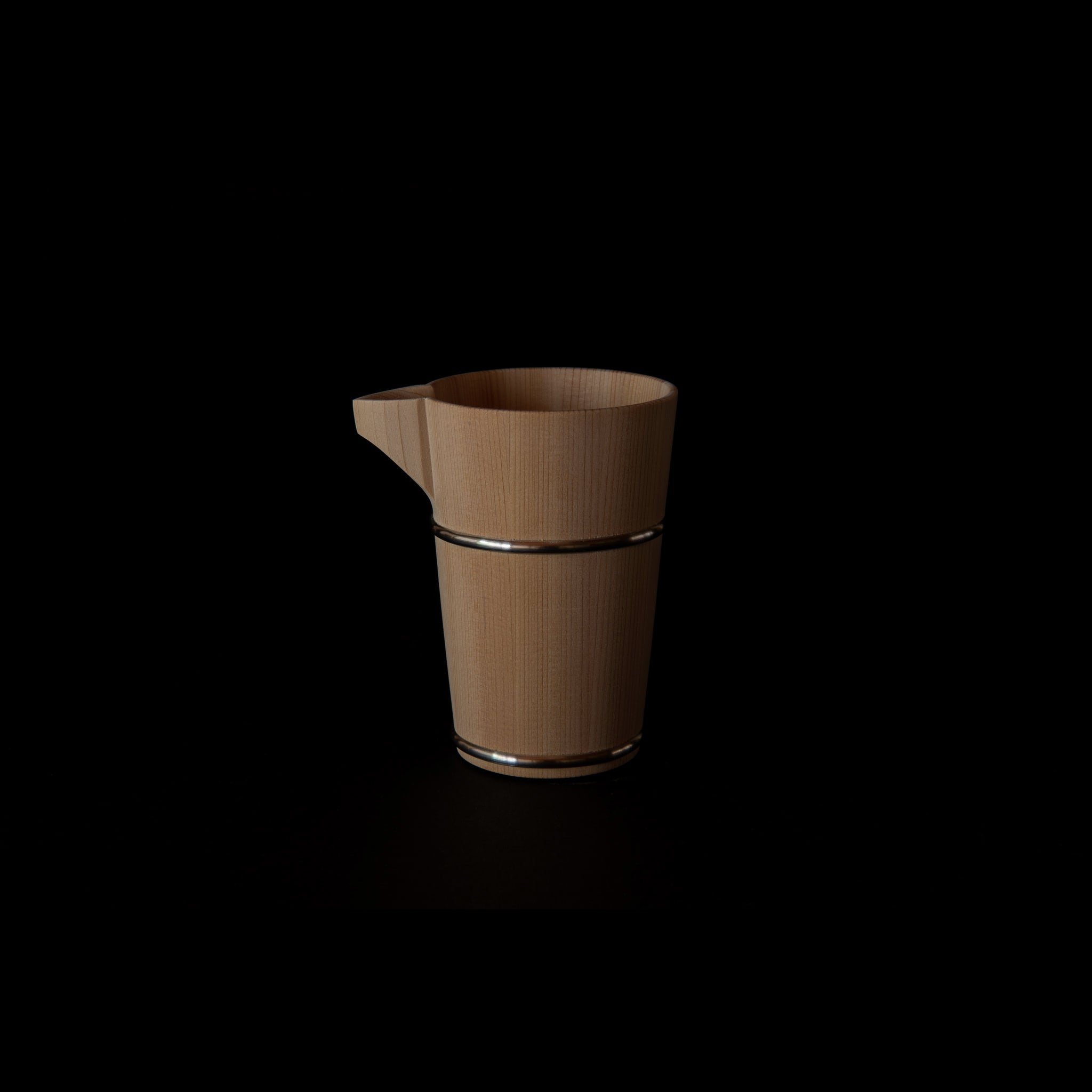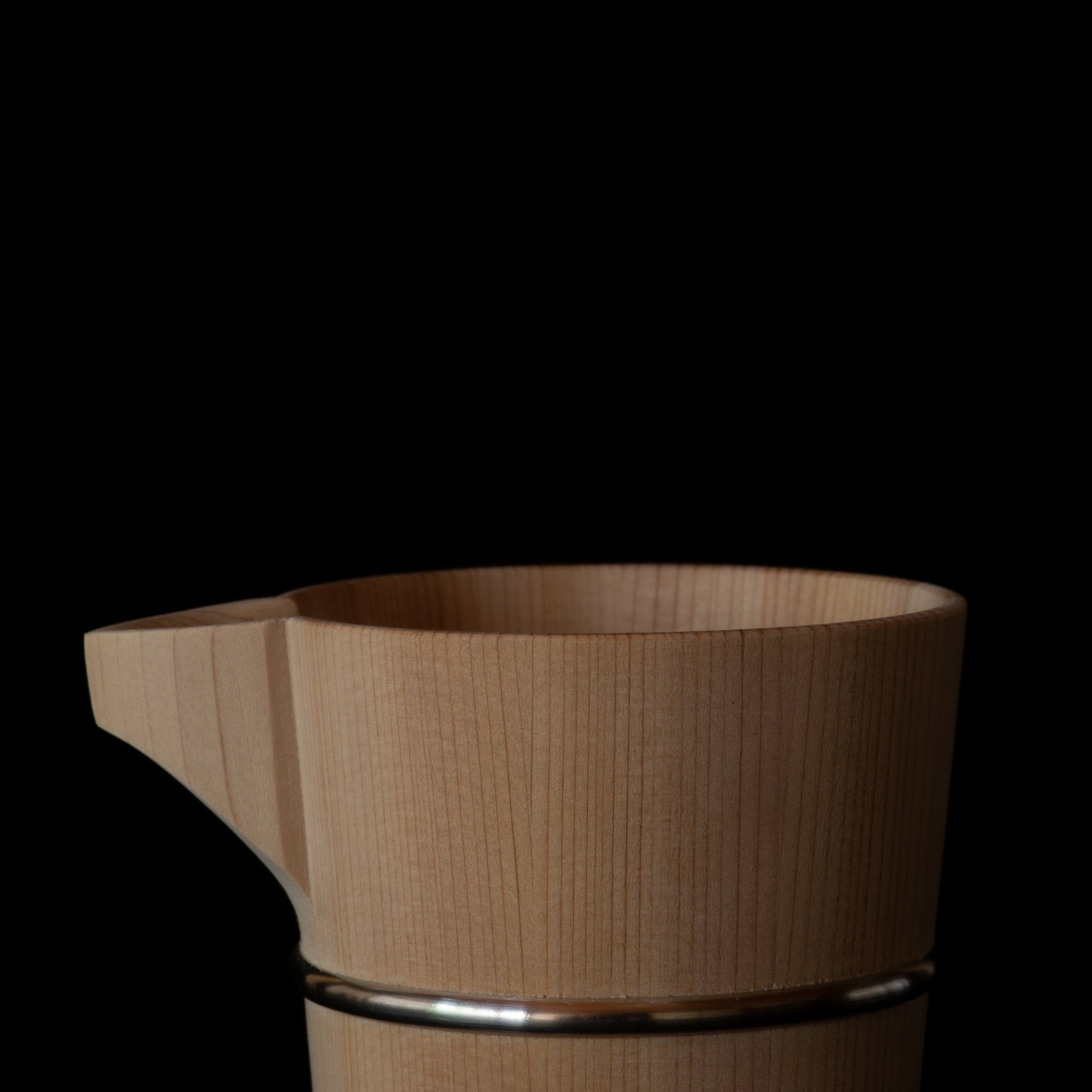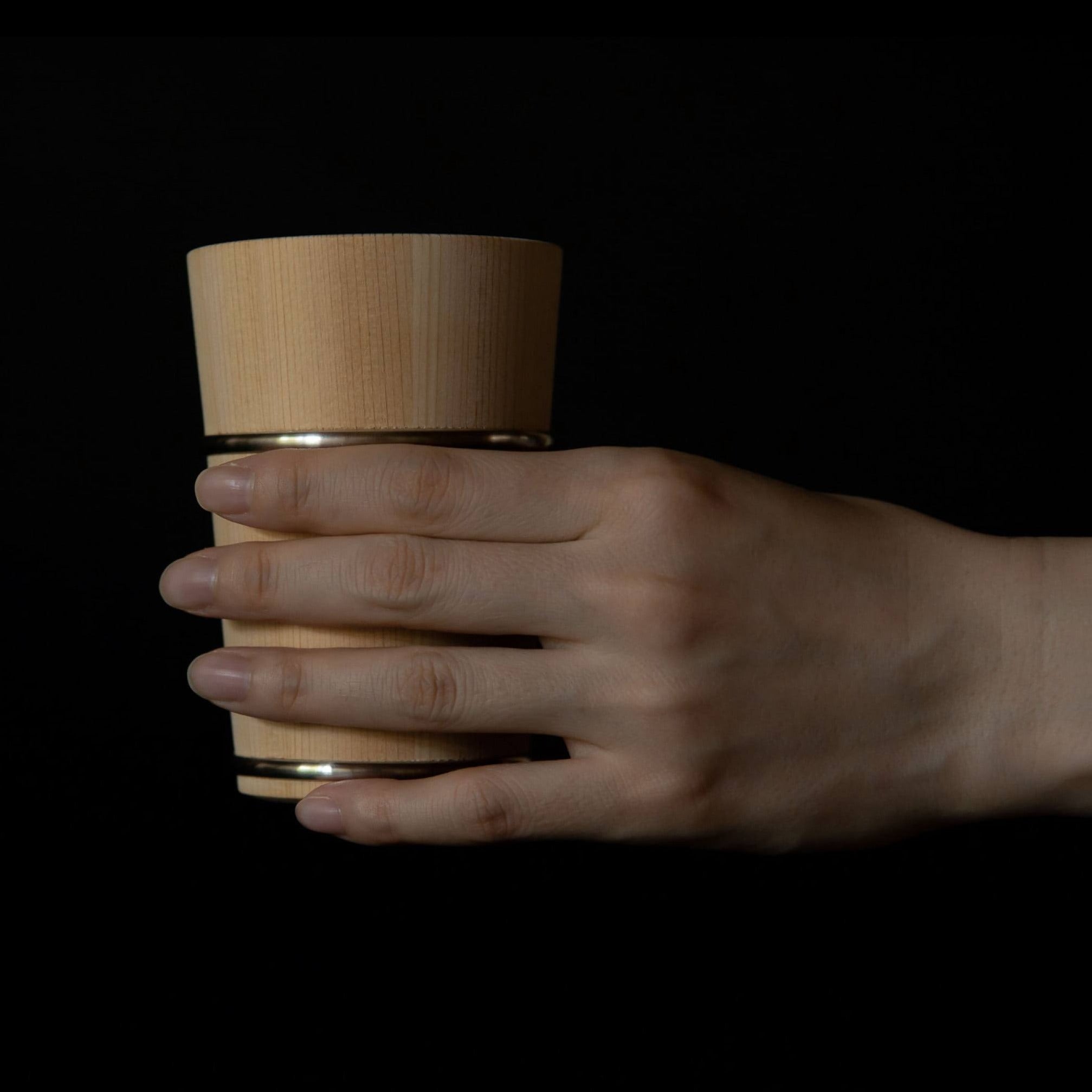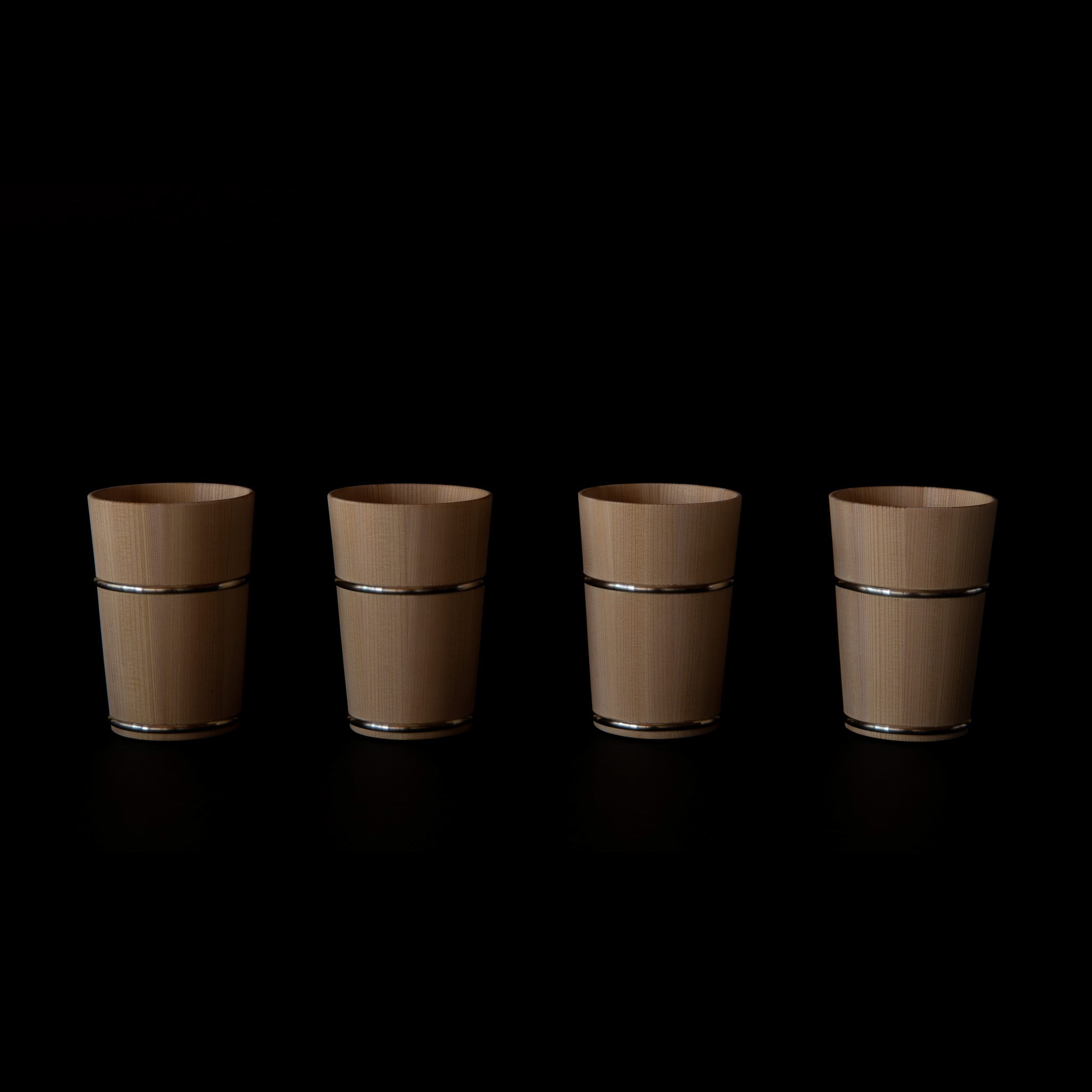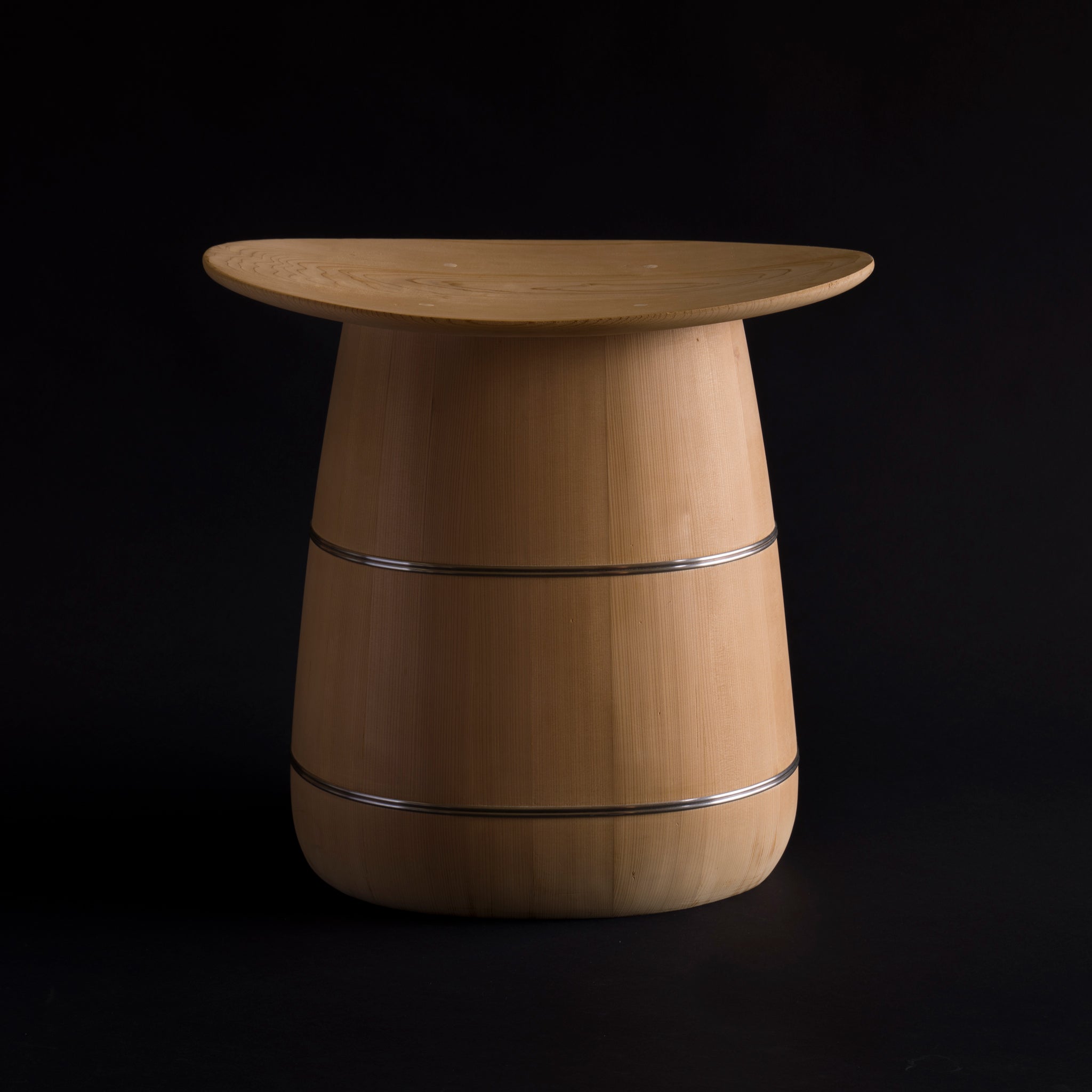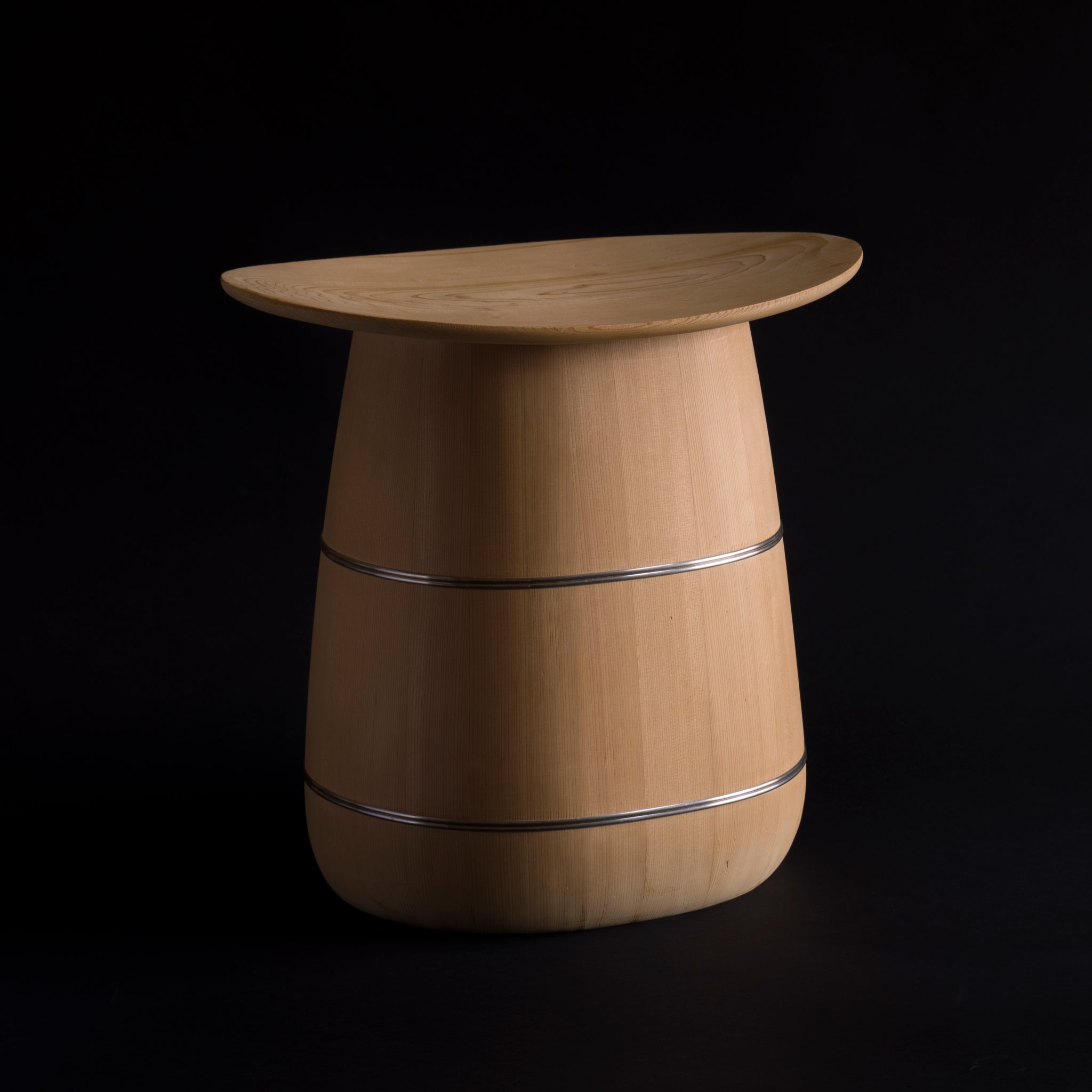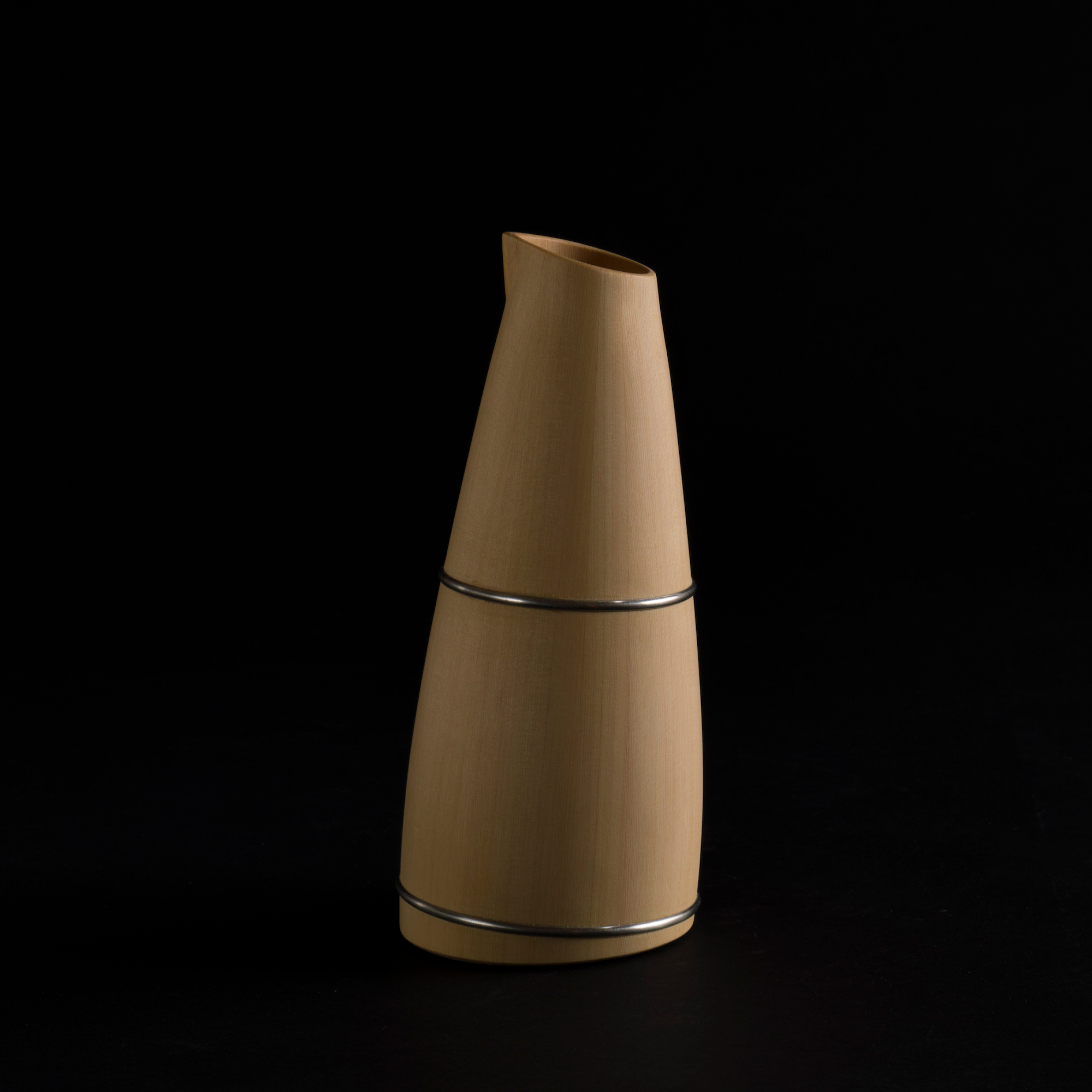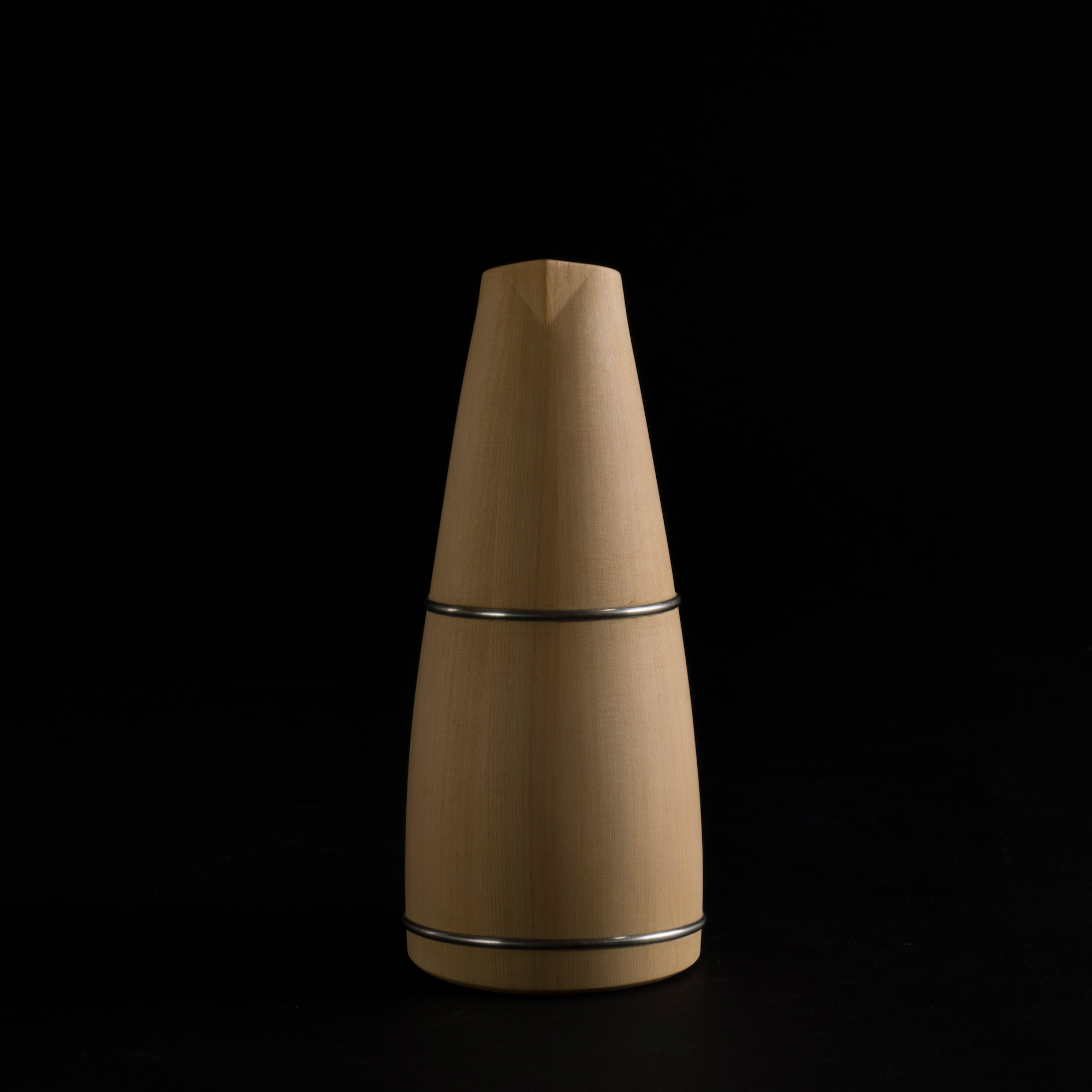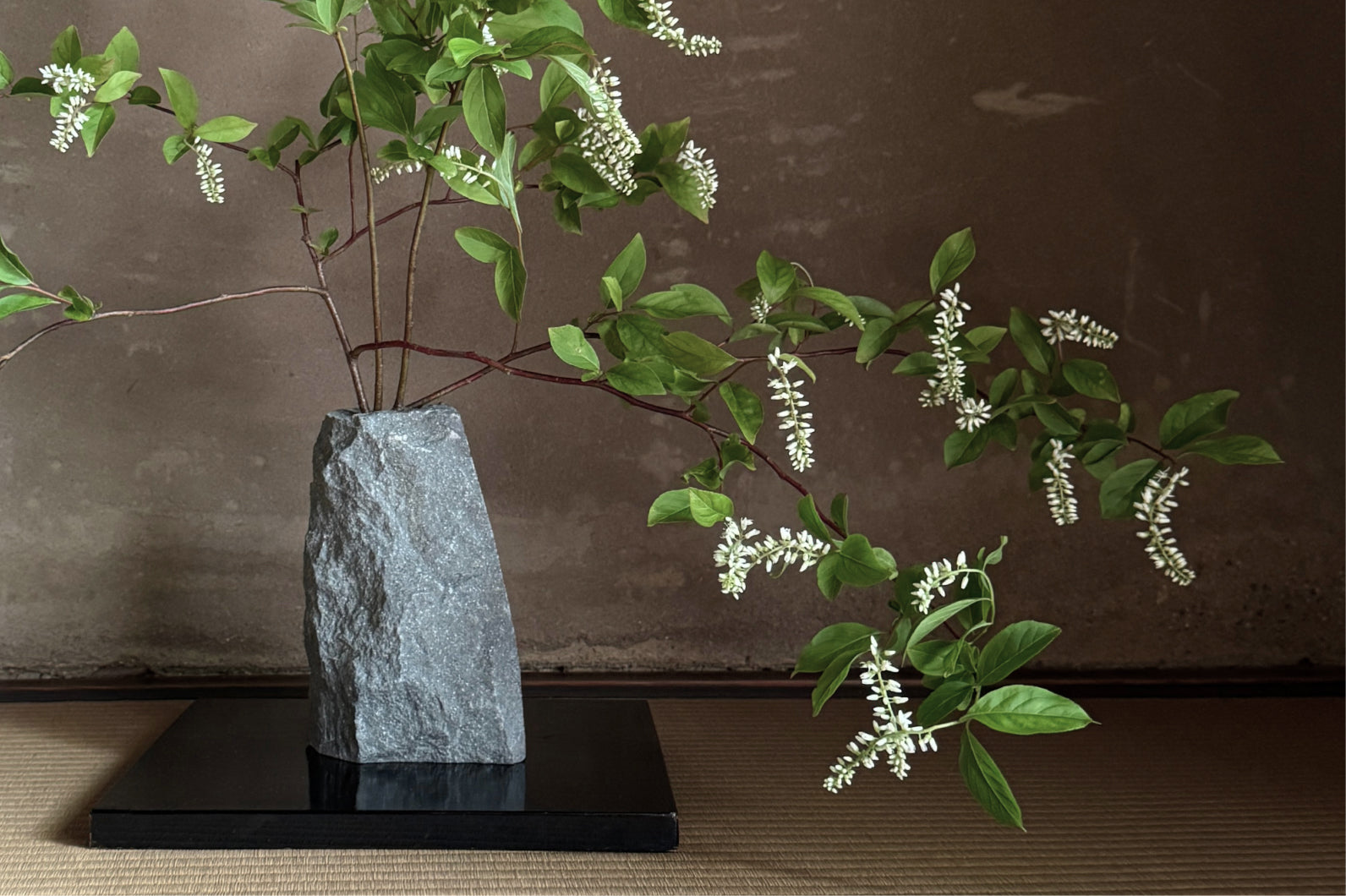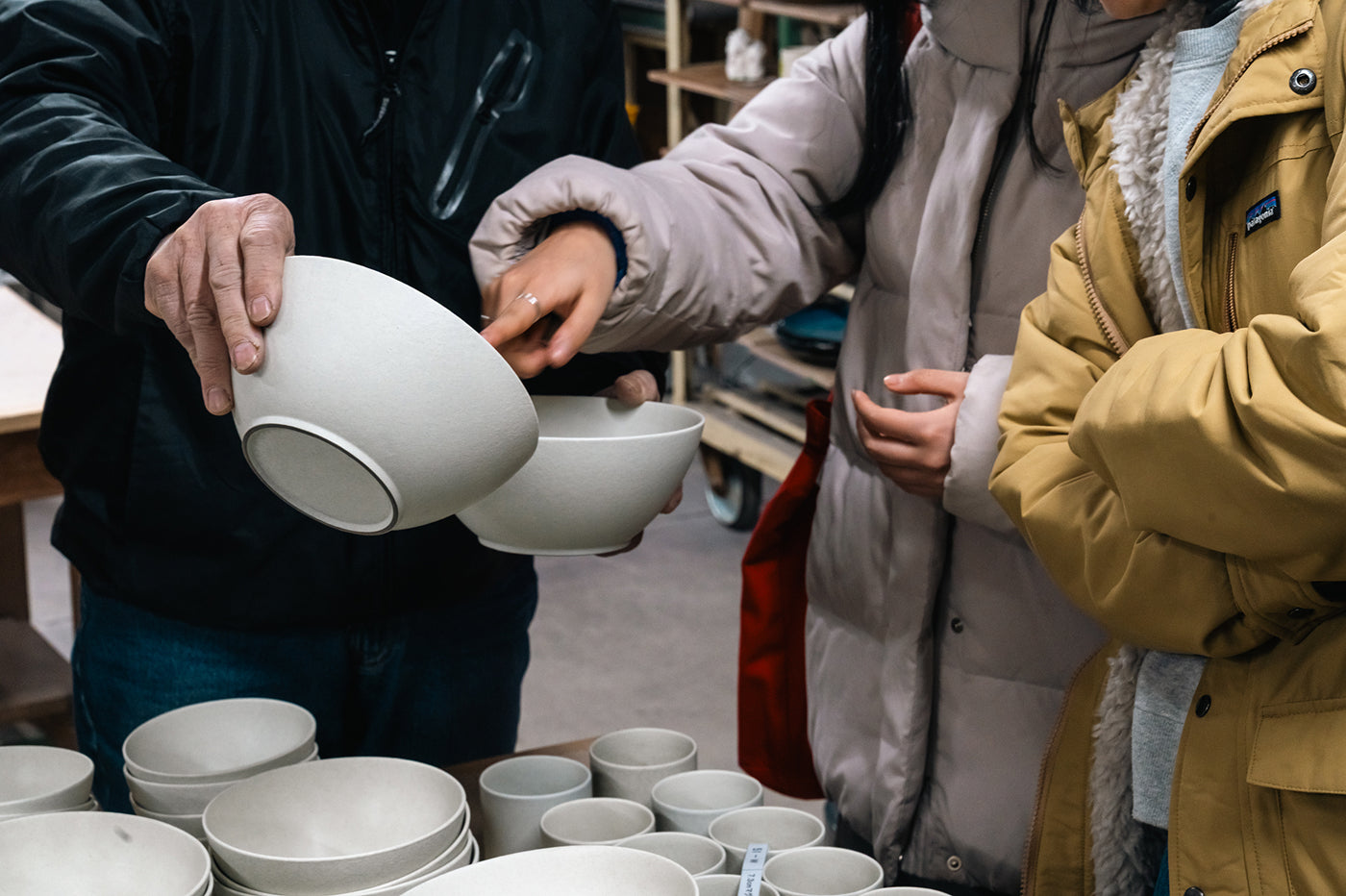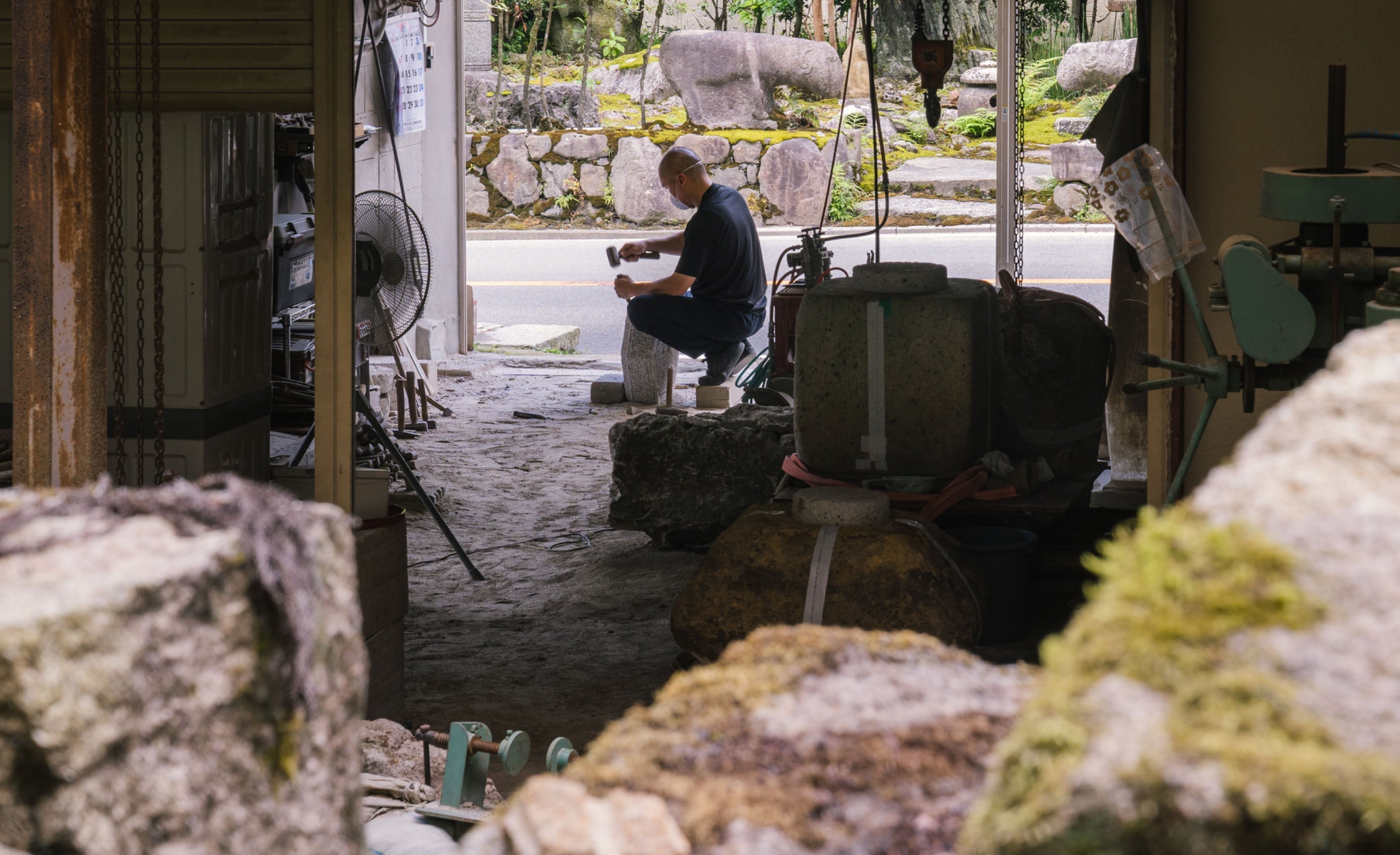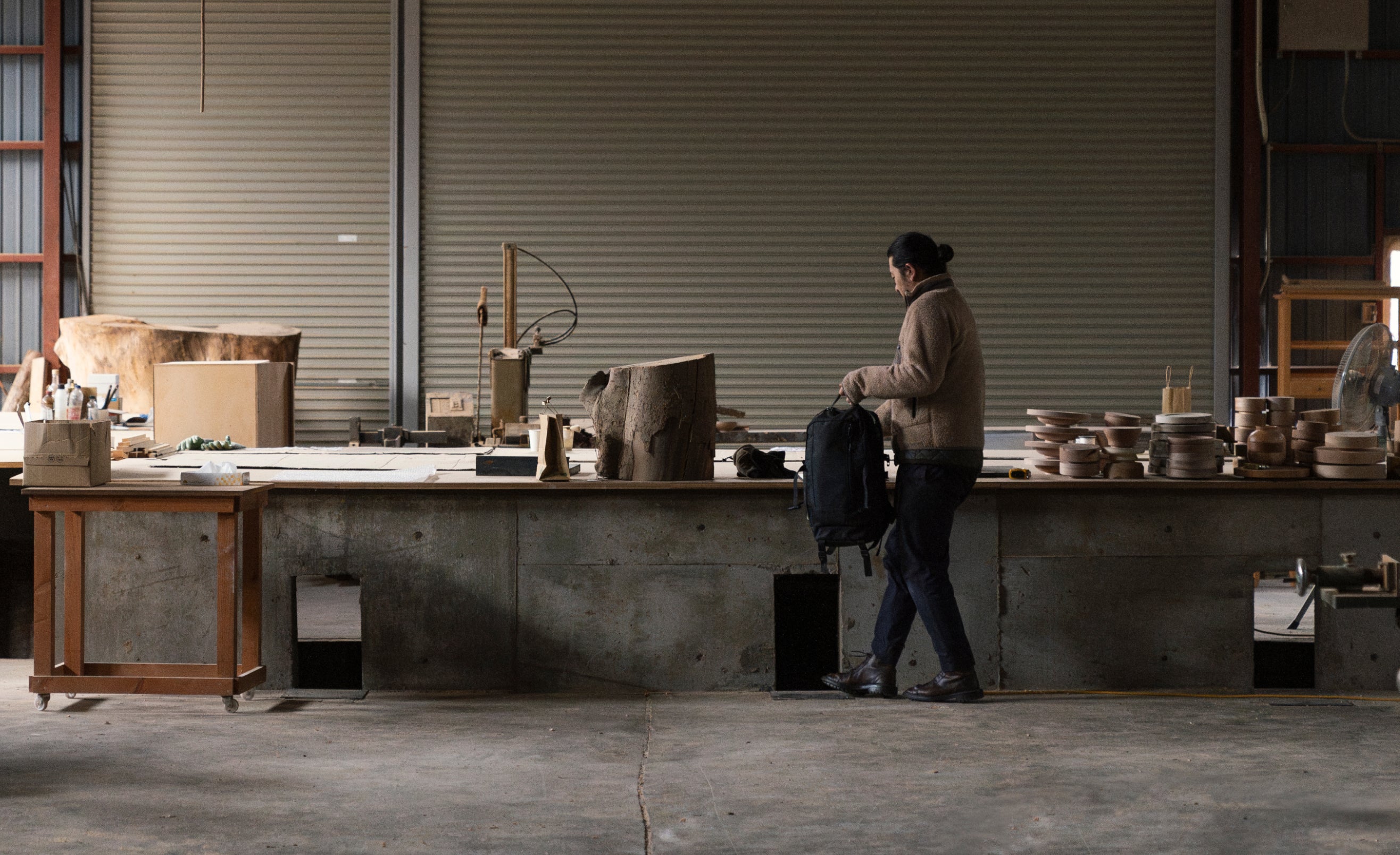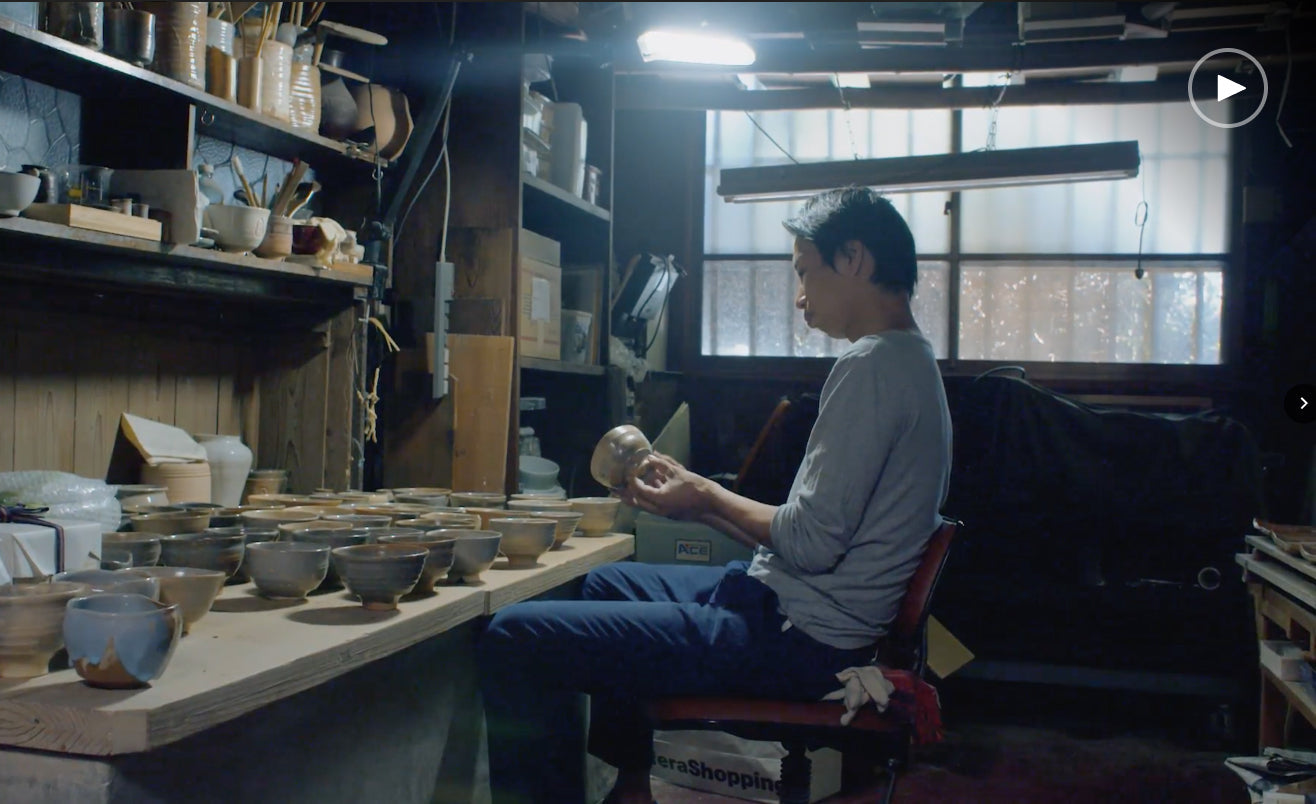Meet Shuji Nakagawa, a craftsman known for making traditional “oke” buckets. The changes in modern Japanese lifestyle have impacted the oke industry in Kyoto.
“When my grandfather started his apprenticeship in Kyoto, there were about 200 oke stores in the city. Today, only four stores remain.”
Using a technique refined and passed down for over 700 years, Nakagawa’s work has established what it means to bring sleek modernity to commonly seen pieces.
Nakagawa is paving the way for craftsmen all across the world, displaying the beauty of evolving tradition by incorporating design into his work like no other.
A BRIEF HISTORY OF OKE
The first wooden cylindrical container was made by hollowing out a tree trunk dated to be from the Yayoi period (300 BC - 250 AD). Matsuge was another technique that became popular in the Heian period (794 - 1185 AD), where a thin piece of wood was bent to create a cylindrical container. The problem was that it was too weak, which greatly limited the size of the container and the weight of which it could hold. Born under these problems was the technique to make the Oke we now know today. Using a curved blade, Japanese cypress is cut and placed in a circular form, which is then bound by a bamboo or metal hoop. No adhesive is used in the process, yet this technique allows for the creation of sturdy barrels that hold just about anything.
